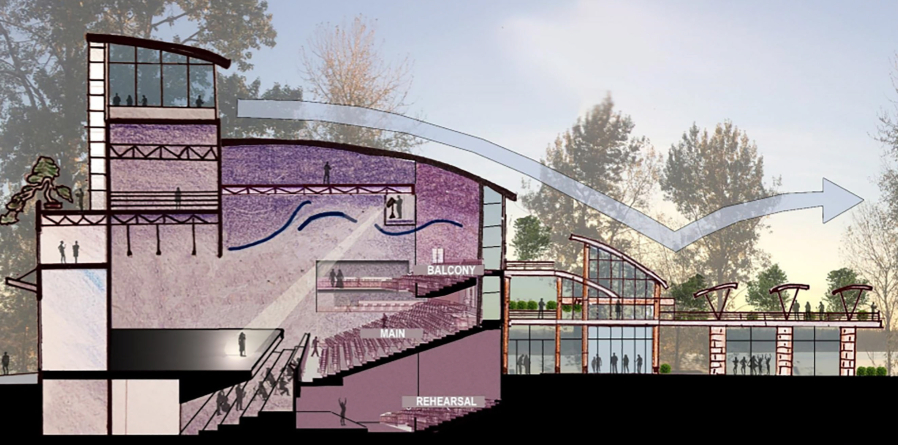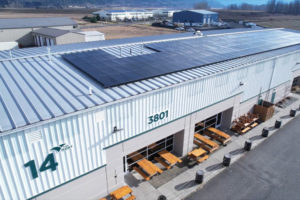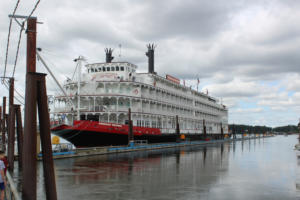The members of the Columbia River Arts and Cultural Foundation (CRACF) are confident that their proposal to build a state-of-the-art performing arts and cultural center on the Washougal waterfront is a practical and profitable one. Now they’re looking for some data and evidence to support their claims.
After officially becoming a nonprofit organization in February, the CRACF launched a campaign to raise funds for a professional feasibility study that will determine the viability of the proposed project.
“The feasibility study is going to be our road map,” said CRACF board president Martha Martin. “It’s going to have data and direction and community input and design and funding and all of those things so we can bring from that a business plan. It will show us how to move forward with this (project). The business plan that’s going to come out of the feasibility study is really critical. It also helps with getting grant funding as well, to have a very professional, complete feasibility study.”
The foundation hopes to raise at least $50,000 for the study, according to board treasurer Taylor Cusack.
“There’s a lot of different companies that do these feasibility studies that work specifically with performing arts centers. We haven’t chosen the exact one because we’re still at the beginning stages of getting the money for it, but basically, we’ll send out proposals to different groups that we’d like to work with and pick the best one,” Cusack said. “They’ll definitely be a huge part of the project, because they not only (do the) feasibility study, but they also come up with operations and things that we’ll need to run the center. They’re a huge part of it, so we’re definitely taking our time to find the right company to help us with that.”




